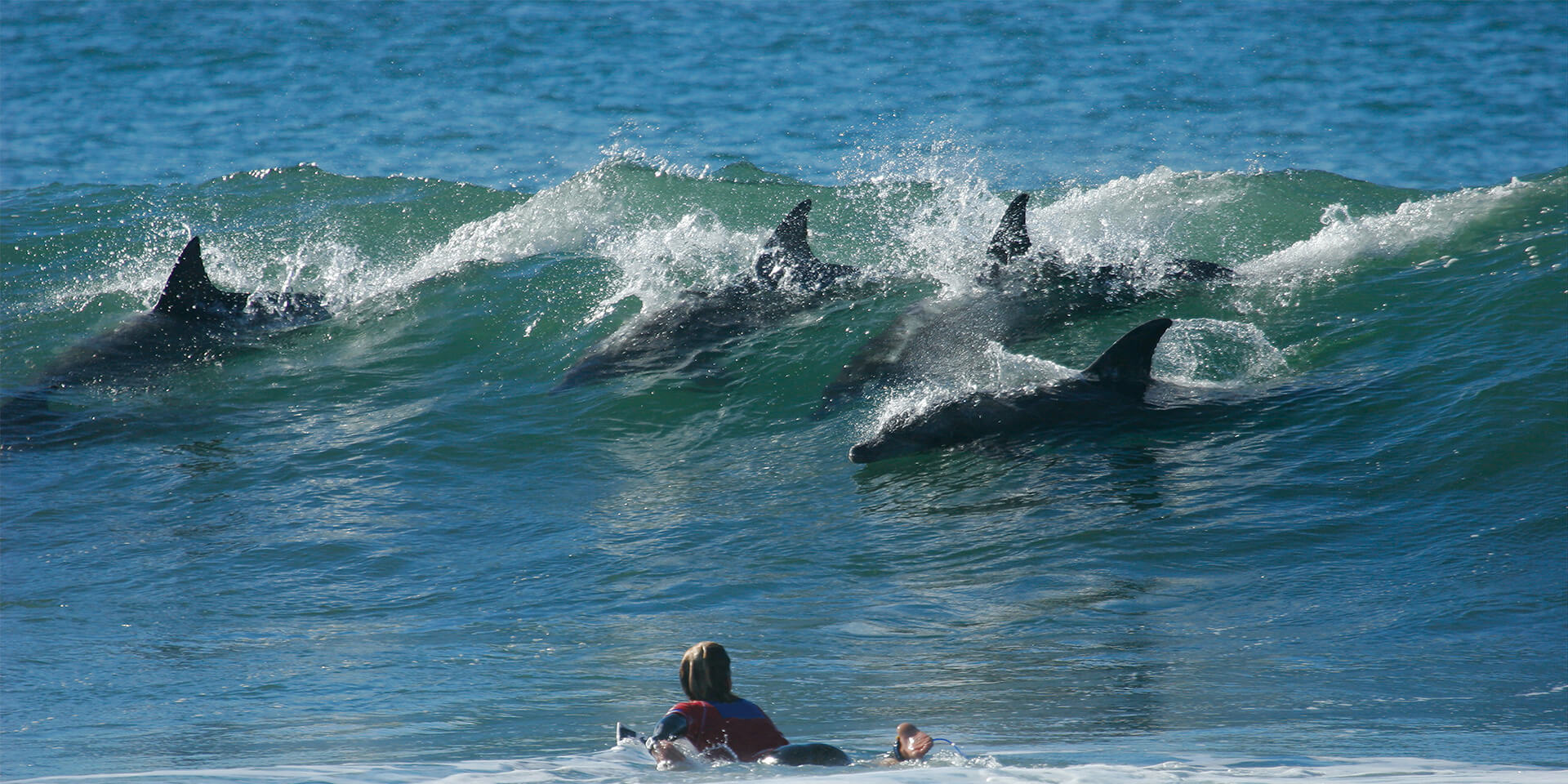Advancing satellite-based whale detection for remote population monitoring in the Pacific
Bejder, L.
University of Hawaiʻi at Mānoa
This project aims to use satellite images to estimate cetacean abundance from satellite-derived whale count models informed by environmental and behavioral data.
